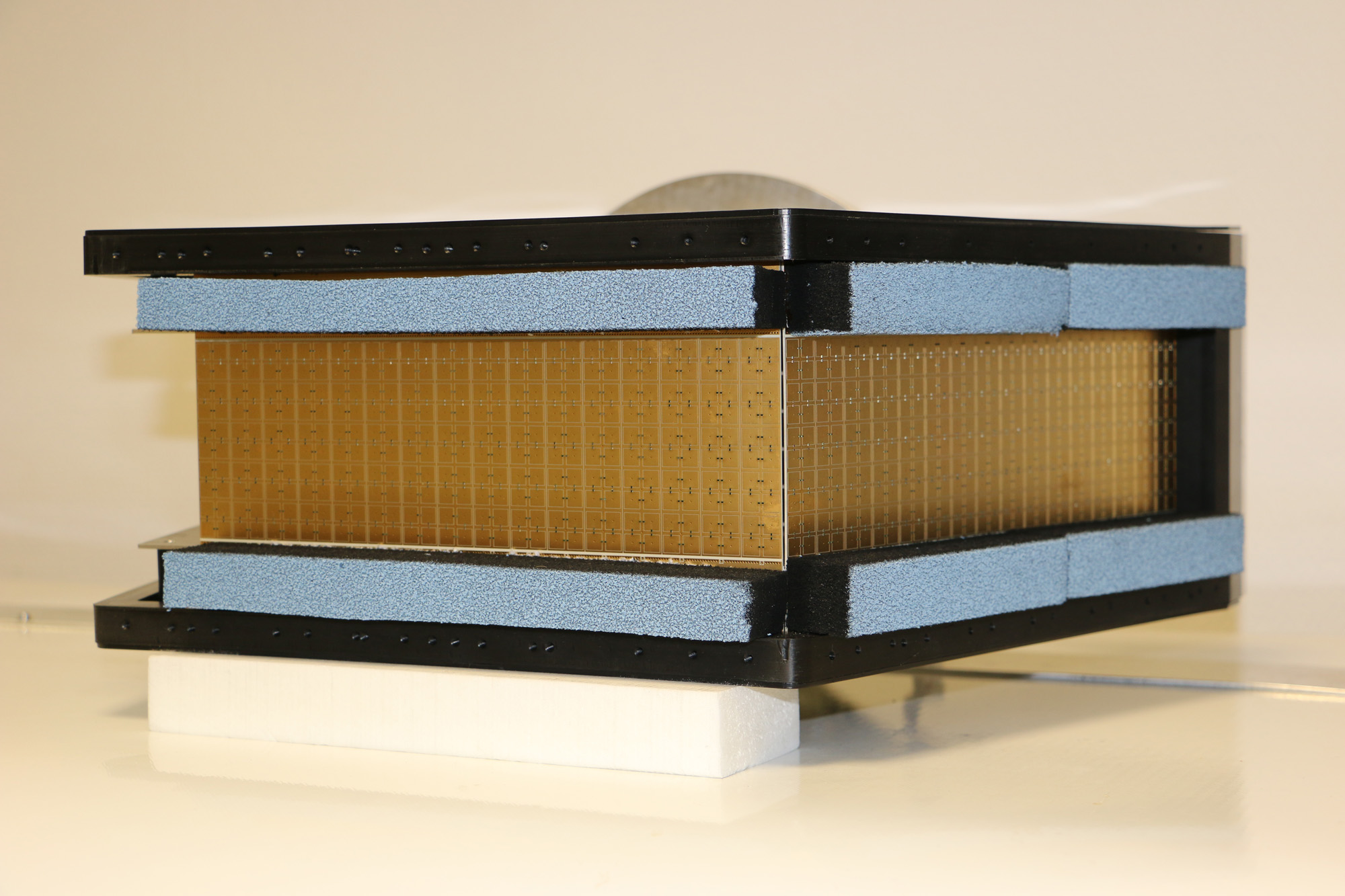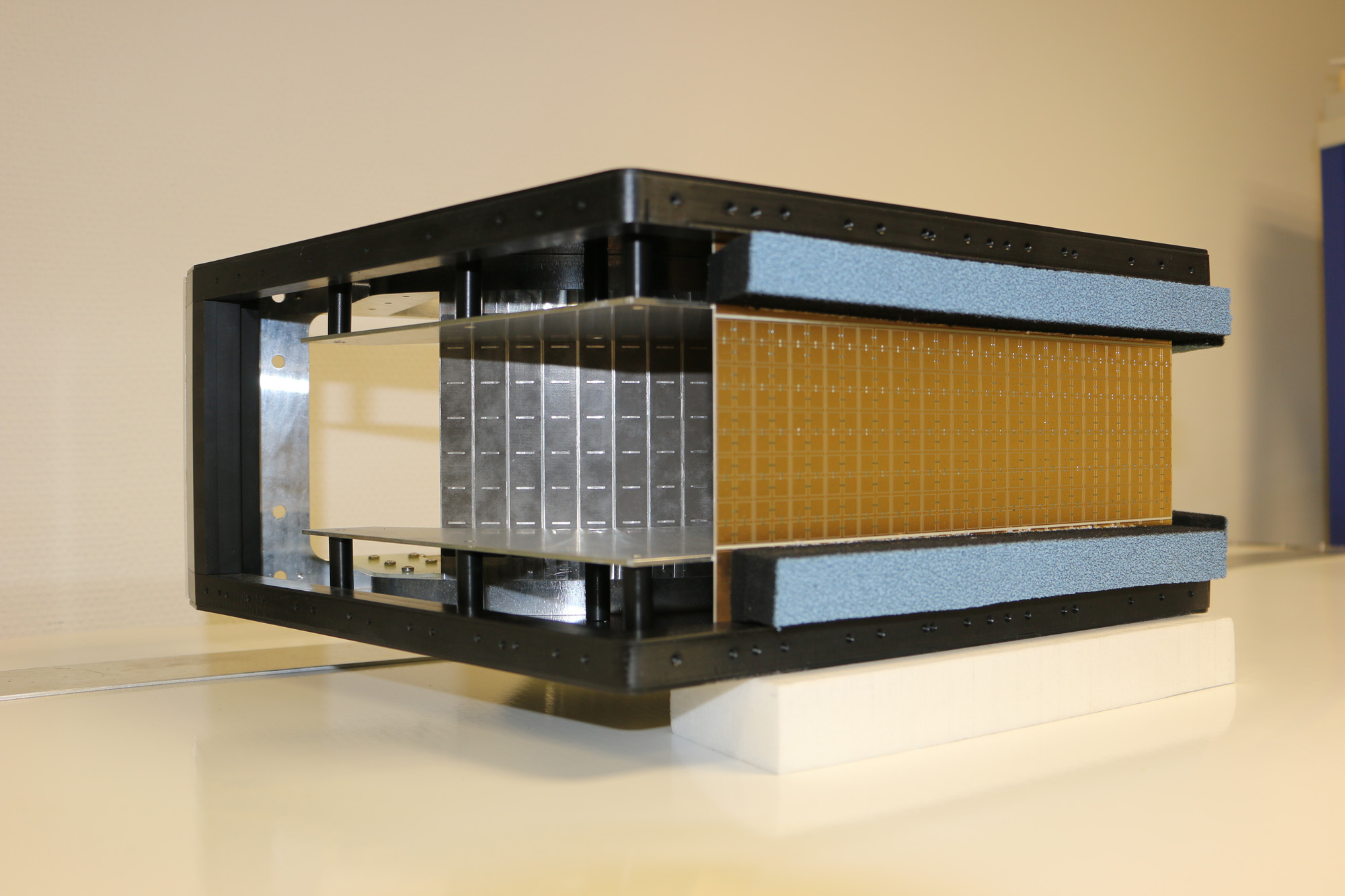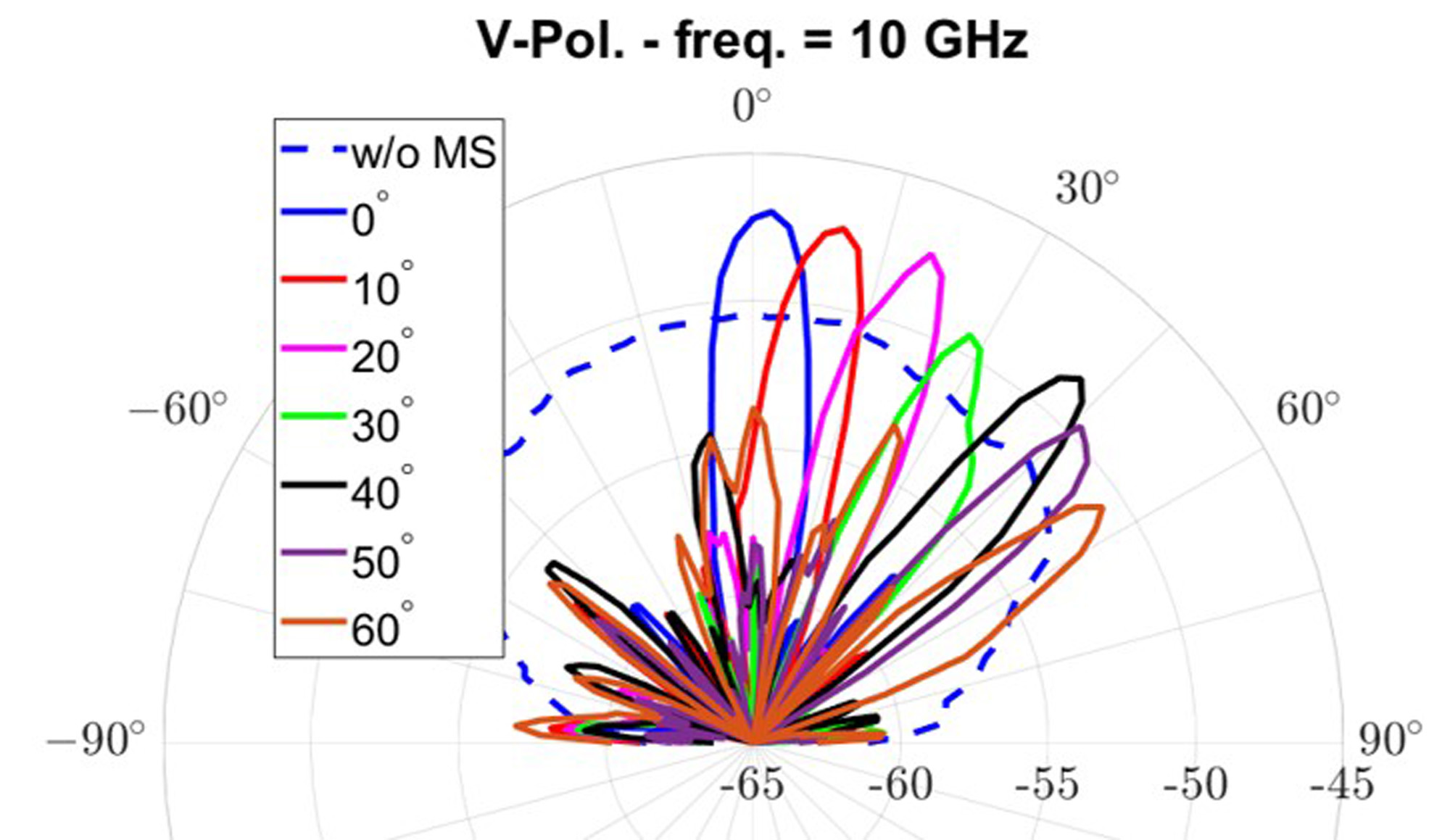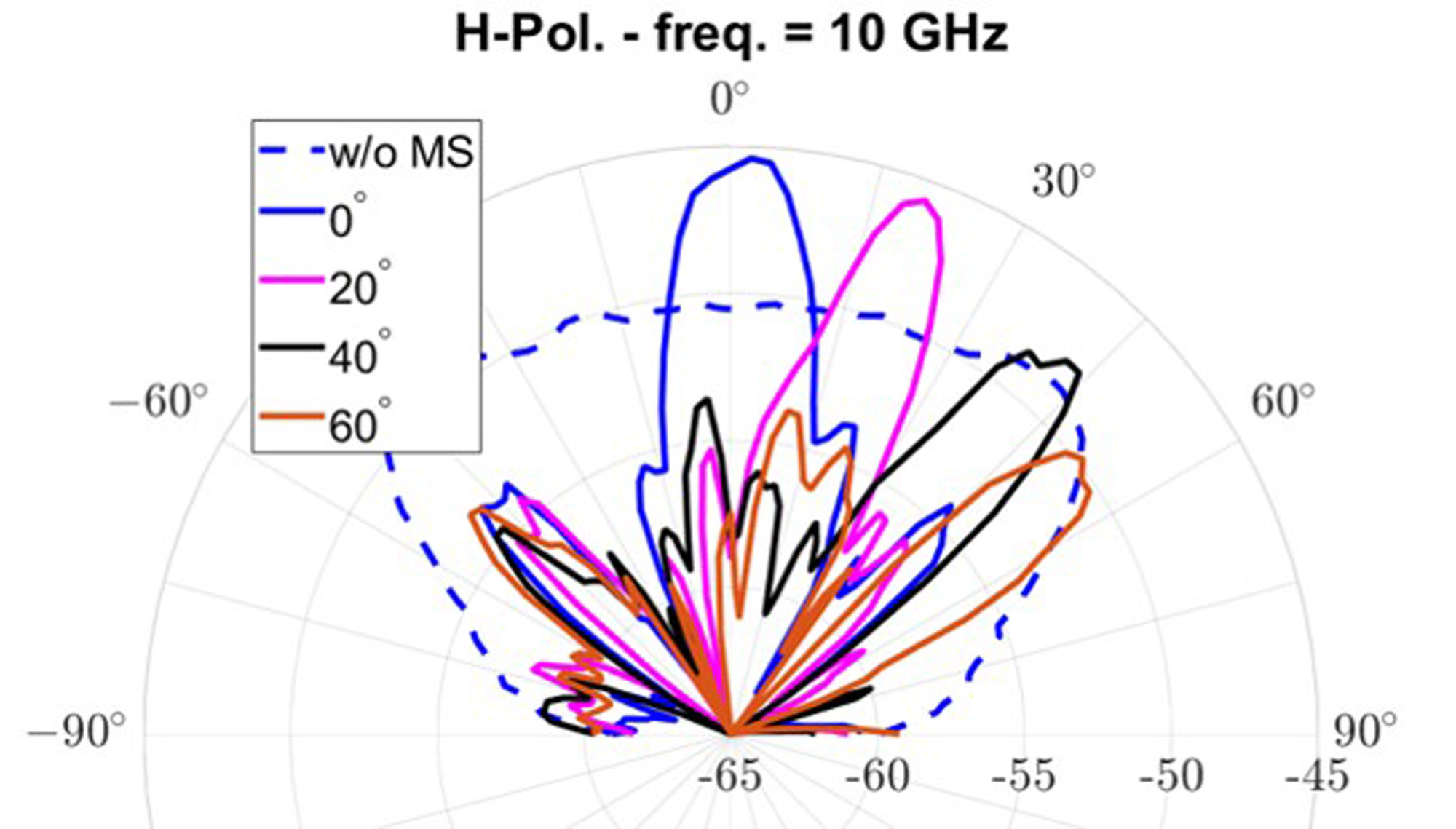Tunable metamaterials for antenna arrays with electronic beam steering


The scanning range of array antennas is limited, due to physical constraints. Electronically tunable metamaterials could expand it in the long term.
Chameleons have almost omnidirectional vision: This is because they can move both eyes independently. The situation is different for antenna arrays, which are electronically controlled and used, for example, in military radars or communication systems applications: Their scanning range is physically limited.
Researchers at Fraunhofer FHR are therefore using tunable metamaterials in the METALESA II project: with these, they want to improve the scaning range of curved antenna arrays, by changing the phases of the incident wavefronts coming from the antenna arrays.
Prototypes deliver promising results
But to what extent can such tunable metamaterials change the phase of the radar radiation? Moreover, how high are the losses that occur as a result? The researchers investigated this and answered these questions by using free-space measurement test setups. To do this, they fabricated and measured two large metamaterial circuit boards - 24 centimeters by 16 centimeters. In the first experiment, they mount the tunable metamaterial PCB in front of a transmitting antenna and investigate the radiation behavior with a receiving antenna. The measured results are very promising: phase changes of up to 170° are possible for both horizontal and vertical polarization, while the losses were as low as the range of 1 to 2 dB.
In a next step, the researchers designed and built two prototypes. The first prototype consists of a single tunable metamaterial circuit board illuminated by a single antenna element, while the second prototype consists of several tunable metamaterial circuit boards in a faceted configuration, and excited by a curved antenna array. It was successfully demonstrated that a tunable metamaterial excited by a single antenna element or a small array can perform a lens operation combined with dynamic beam scanning. A scanning range of ± 60 degrees was achieved for both the vertical and horizontal polarizations with a 3 dB increase in the gain. These results are important for small platforms like drones, among others: they are too small to carry large array antennas. In the future, the new technology will make it possible to use a lightweight, low-cost system consisting of just a single antenna instead of an array antenna and still achieve the same radiation characteristics.
The curved antenna array prototype integrated with the faceted tunable metamaterials did also perform in a convincing way: an improvement of the antenna array gain by 1 to 2 dB could be achieved for the horizontal polarization in the scanning range from 70° to 90°.

